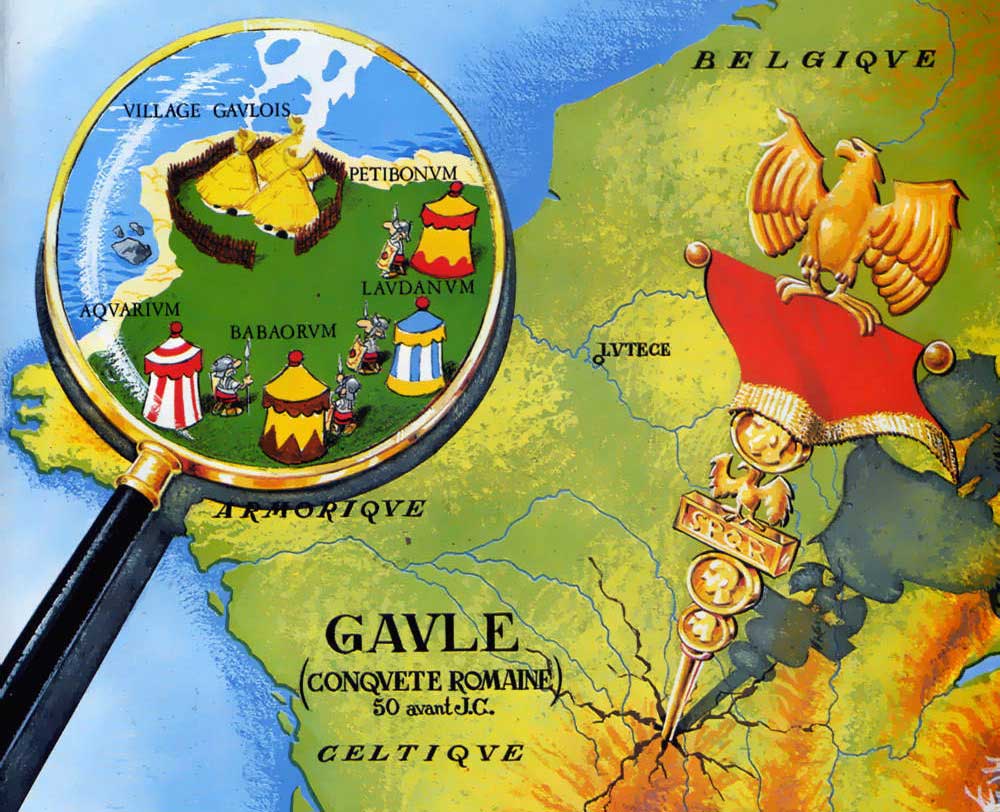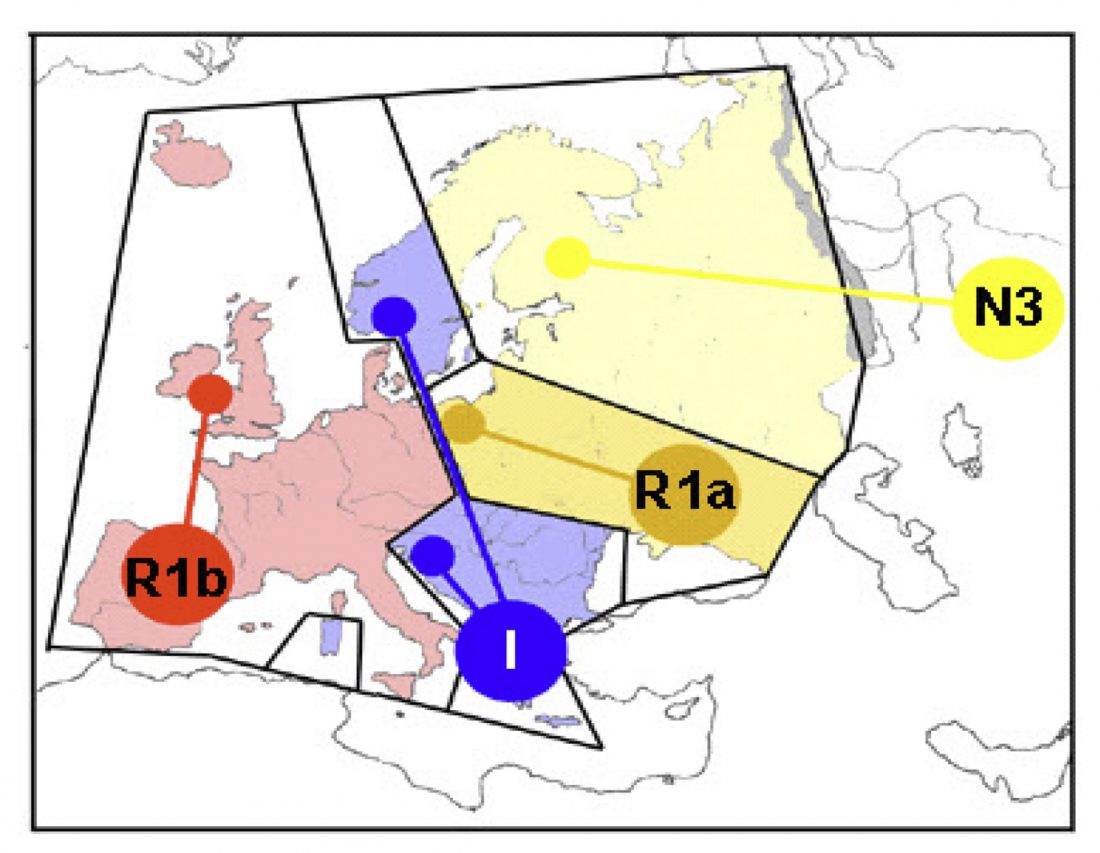C.C. Uhlenbeck on the Proto-Indo-European homeland in the 19th century
Michiel de Vaan, from the University of Lausanne, has recently uploaded three of his papers published in recent years in the JIES on the works of Dutch linguist C.C. Uhlenbeck:
1. The Early C. C. Uhlenbeck on Indo-European, JIES 44/1-2, 2016, p. 73-80
… Read the rest “C.C. Uhlenbeck on the Proto-Indo-European homeland in the 19th century”Christianus Cornelius Uhlenbeck (1866–1951) was one of the leading Dutch linguists between the 1880s and the 1940s. He made his mark on a number of disciplines in descriptive and comparative linguistics, such as Basque, the indigenous languages of North America, Old Germanic and Sanskrit. In 2008, a special issue of the Canadian Journal of Netherlandic








